According to Intuit's global study, The State of Small Business Cash Flow, 61% of small businesses struggle with cash flow, and 42% of small business owners and self-employed people have had cash flow problems in the last year.
But you wonder what these statistics mean for you. As an Internet business owner, properly managing your e-commerce cash flow can make all the difference between business growth and always wondering where your money goes.
At Link My Books, we understand business accounting can be overwhelming. That’s why our platform is ideal for collecting financial data from your sales channels and integrating it with your accounting software.
Try our free 14-day trial to see how we can help you maintain a healthy cash flow through automated bookkeeping and accounting.
Key Takeaways from this Post
Cash Flow Challenges for Small Businesses: Intuit's study reveals that 61% of small businesses struggle with cash flow, and 42% experienced cash flow issues in the past year. Effective cash flow management is crucial for e-commerce business growth and stability.
Cash Flow Management Techniques: Managing cash flow involves tracking inflows and outflows, aiming for consistent positive cash flow. Strategies include maintaining reserves, cutting expenses, diversifying products, and negotiating payment terms with suppliers.
Tools for Cash Flow Forecasting and Management: Using tools like Link My Books, which integrates with Xero and Float, can simplify cash flow forecasting and bookkeeping. Automated software helps manage sales data, expenses, and future cash flow projections.







What is Cash Flow Management?
Cash flow management refers to observing and controlling the money that comes in and goes out of your business in a given period.
On the other hand, cash flow itself is the amount of cash that comes into (cash inflow) and out of (cash outflow) your business over a certain period.
Cash flow is recorded in a cash flow statement.
What is a Good Cash Flow for E-commerce?
A consistent positive cash flow is good for any e-commerce business. If you have this type, your business brings in more money than it takes, and you can comfortably settle your bills and expenses.
Here's a simple illustration:
Business income > Expenses = Positive cash flow
One rule of thumb is to have three to six months’ worth of your operating expenses in cash to cushion you against a potential cash crunch. However, the cash amount your business might need could be higher depending on your specific circumstances.

How to Calculate E-commerce Cash Flow
There are two ways to calculate your digital cash flow:
Direct Cash Flow Method
The direct cash flow method works as it sounds: You only see cash transactions on your cash flow statement.
You sum up all the cash receipts and payments, such as cash you receive from customers, salaries you pay, and money you pay to your suppliers.
Here's the formula:
Current cash balance = Cash at the start of the period + Received cash - Cash paid out.
The direct cash flow method is better if you do e-commerce accounting using the cash basis method, which requires you to recognize revenues only when you receive cash and expenses only when you pay cash.
Indirect Cash Flow Method
The indirect cash flow method is better if you use accrual accounting, which recognizes revenue when you earn it rather than when you receive it.
The more complicated method is a reverse approach that doesn't rely directly on cash transactions.
Instead, you start with your net income for the current year and compare the balances of your liabilities and assets of the previous and current year to determine the cash paid or received.

How to Forecast Your Cash Flow for Your Online Store
Creating a cash flow for your online store can help you spot a potential cash crunch early and in good time to apply corrective measures. However, it can be challenging, especially if you do it manually.
You'll want to follow the steps below to forecast your store’s cash flow:
- Decide on the forecast period: Select how far you want to forecast. You can start with six months. To forecast further, try 12, 18, 24, or even 36 months.
- Estimate your sales: To get a clearer picture, you can break down the sales income month by month for the selected period.
- Factor in the expenses: Estimate your recurrent expenditure, potential investments, and future hires, such as an e-commerce accountant.
- Refer to the previous finances: Consider the financial figures of previous years to see if your finances fluctuate. Note if you’ll likely make less or more than the prior year or a similar past period.
- Consider new services or products in the pipeline: Such launches may bring in more profit shortly, but they may also mean you won't recover your costs for the next several months.
- Think about various scenarios: Prepare your most likely, worst-case, and best-case scenarios. You can create cash flow forecasts to project possible great, stable, and bad situations for the coming 12 months. Some factors to consider here include seasonality, market conditions, and changes in customer behavior.

Best Practices to Forecast E-Commerce Cash Flows
Here are some tips to effectively forecast your cash flows:
1. Project Your Net Income
Calculate your growth rate and the average for each year using the e-commerce profit and loss statements you’ve created for the last 3-5 years.
Growth rate = [(Net income for Year 2 - Net income for Year 1) ÷ Net income for Year 1] x 100
Average growth rate = The sum of the growth rates obtained using the above formula ÷ The number of years
2. Estimate Your Noncash Expenses
Noncash expenses are those you don't pay explicitly. Some common considerations here include provisions for tax, amortization, and depreciation.
For example, if you note down an e-commerce tax payment but don't pay the money, you've only made a provision, and no cash flowed in or out.
An easy way is to consider the percentage of your income the noncash expenses will take up.
For instance, if you have a net income of $100,000 and your noncash expenses come to $60,000 (60%) for the past period in consideration, multiply the projected net income for the forecast period by 60%.
3. Consider Changes in Your Working Capital
Working capital measures your store's liquidity and is crucial to following your business’ cash and cash requirements.
Working capital = Current assets - Current liabilities (both as they appear on your balance sheet).
An easy way to project your working capital is to express it as a percentage of the net income from the last period.
4. Consider Your Tax and Interest Payments
Your tax payments are based on your income, while expenses from interest are based on your debt.
If you plan on borrowing money, adjust your interest expense for the projection period. The same adjustment applies to tax payments you expect to pay in the projection period.
5. Consider Your Capital Receipts and Expenditures
Capital receipts come from the sale of fixed assets and investments, while capital expenditures come from purchasing these items. The two are easy to estimate because you usually plan them.
6. Consider Increases or Decreases in Capital
You may have a loan due, which you must pay soon. If your current cash balance after the loan payment is positive, you are safe.
If the number is negative, you might consider injecting more capital into the business. You can get this capital from your savings or take a loan. Note that taking a loan means you'll start considering its interest expense in the coming periods.
Is there an Easier Way to Forecast the Cash Flow?
As mentioned, this manual method of projecting cash flow is tedious. That’s why you should use cash flow forecasting software, preferably one that integrates with your accounting and bookkeeping software.
We recommend using Float for cash flow forecasting. Link My Books links with Xero, which accepts Float as an add-on.
You can use Link My Books to track your sales income, profits, losses, and expenses. Next, the software will integrate these figures with Xero, which then integrates them with Float to forecast your cash flow.
Take advantage of our free trial to learn how Link My Books connects with e-commerce sales channels and accounting software to process data inside your cash flow forecasting software.

How to Increase Cash Flow as an E-commerce Store
There are several ways to increase cash flow in your e-commerce store, such as injecting new cash or retaining your current cash amount.
Here's what you can do to increase the cash flow in your e-commerce business:
1. Maintain a Cash Reserve
A cash reserve or contingency fund can help cover unexpected expenses and revenue changes.
Save some of your profits in cash regularly, at least enough to cover crucial expenditures for several months. Such costs include inventory restocking, paying your employees, or clearing rent.
2. Cut Down Your Expenses
Reducing your necessary and unnecessary expenses can increase your cash flow. For example, if you rent an office but rarely use it because you run your business mainly from home, you can forgo the office.
You can also reduce your overhead costs. If you have underutilized resources, you can let them go to save money that would otherwise go to their wages.
3. Diversify Your Portfolio
Adding new products and services can help you capture more sales, bringing in new cash from both current and new customers.
4. Negotiate Better Payment Terms With Suppliers
If your suppliers agree to receive extended payments from you, your business will have more cash in the meantime.
Can you agree to pay a 20% deposit for goods and 80% over one or two months after receiving them?
5. Collect Payments from Your Sales Channel Sooner
The payout frequency of your sales channel can affect your cash flow. For example, if you use WooCommerce and Shopify, you may receive payments sooner than Amazon.
6. Run Promotions and Discounts
A well-executed promotions and discounts strategy can spur interest and sales, even as you slash your prices.
7. Increase Your Average Order Value
Offering compatible products in a bundle or package can help increase the amount each customer spends per order, thus increasing your revenue without adding more customers.

Frequently Asked Questions (FAQs)
Check out the questions business owners usually ask about e-commerce cash flow:
What is an Example of a Cash Flow?
Your e-commerce accounting software can show you if your cash flow is positive or negative.
Business income > Expenses = Positive cash flow. If your income is $250,000 and your expenses are $125,000, you have a positive cash flow.
Business income < Expenses = Negative cash flow. $250,000 in expenses and $125,000 in income mean a negative cash flow.
What is Free Cash Flow?
Free cash flow is the money you have left over after cash payments that go into operations and maintaining capital assets. It's the total money you have remaining for paying dividends, interest, and creditors.
Free cash flow = Net cash from operations - Capital expenditure
Operating Cash Flow vs. Profit - What's the Difference?
It is common to confuse profit with operating cash flow and vice versa. However, the two measure different financial aspects.
Profit shows your financial health, while cash flow is the lifeline that allows your business to continue operating.
Operating cash flow is the money going in and out of your store over a certain period, while profit is what remains after you deduct all your costs from your revenue.
Since Link My Books helps you prepare a profit and loss statement, you can use our software to create one and compare it to your accountant's cash flow statement.
Conclusion
Managing e-commerce cash flow doesn't have to be hard if you master the basics. One important step is to use cash flow management and forecasting software to automate the process.
When you take advantage of our free trial, you can see how Link My Books integrates with Xero and collects data for analyzing and forecasting cash flow using the Xero-Float integration.












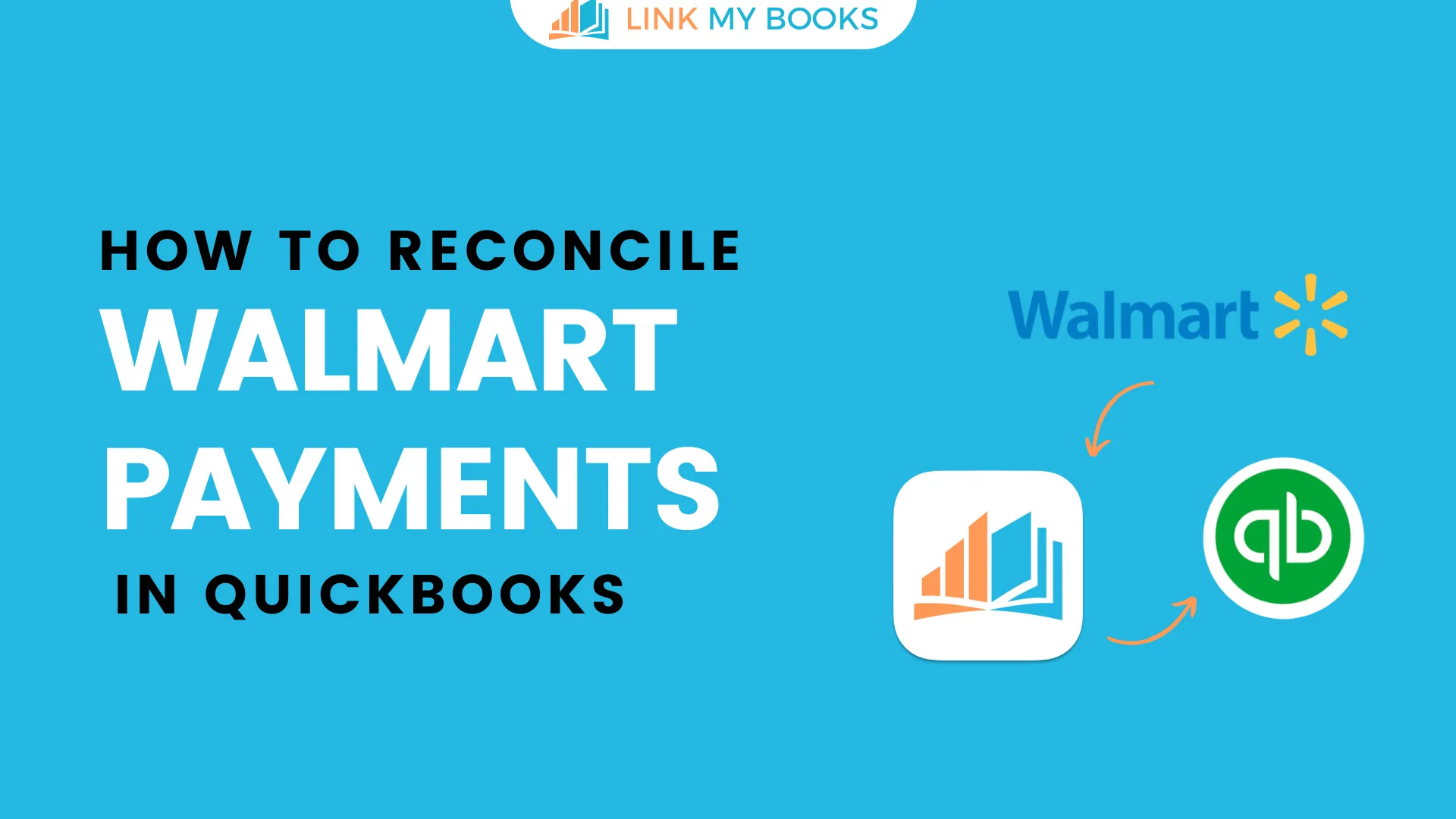
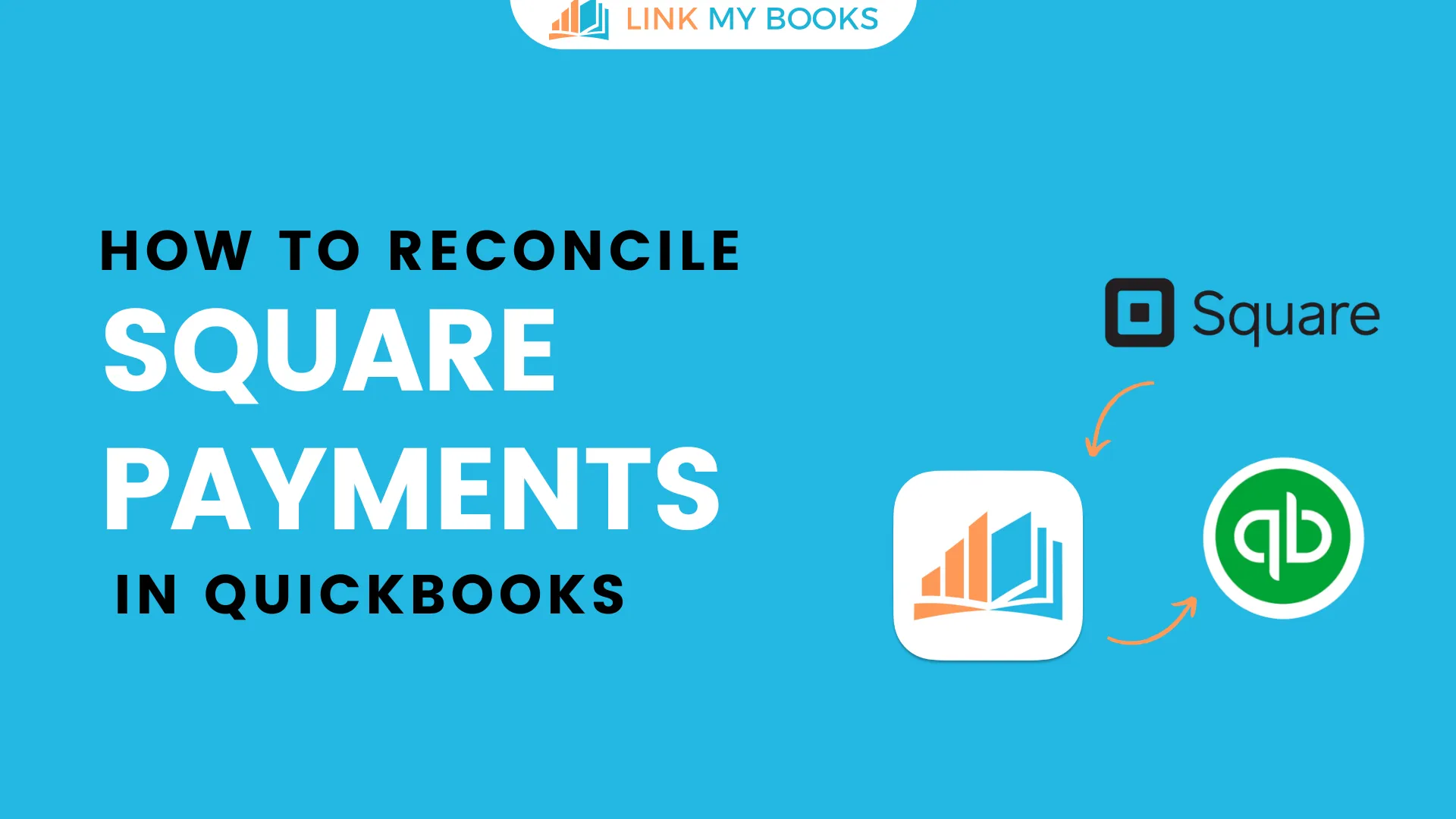
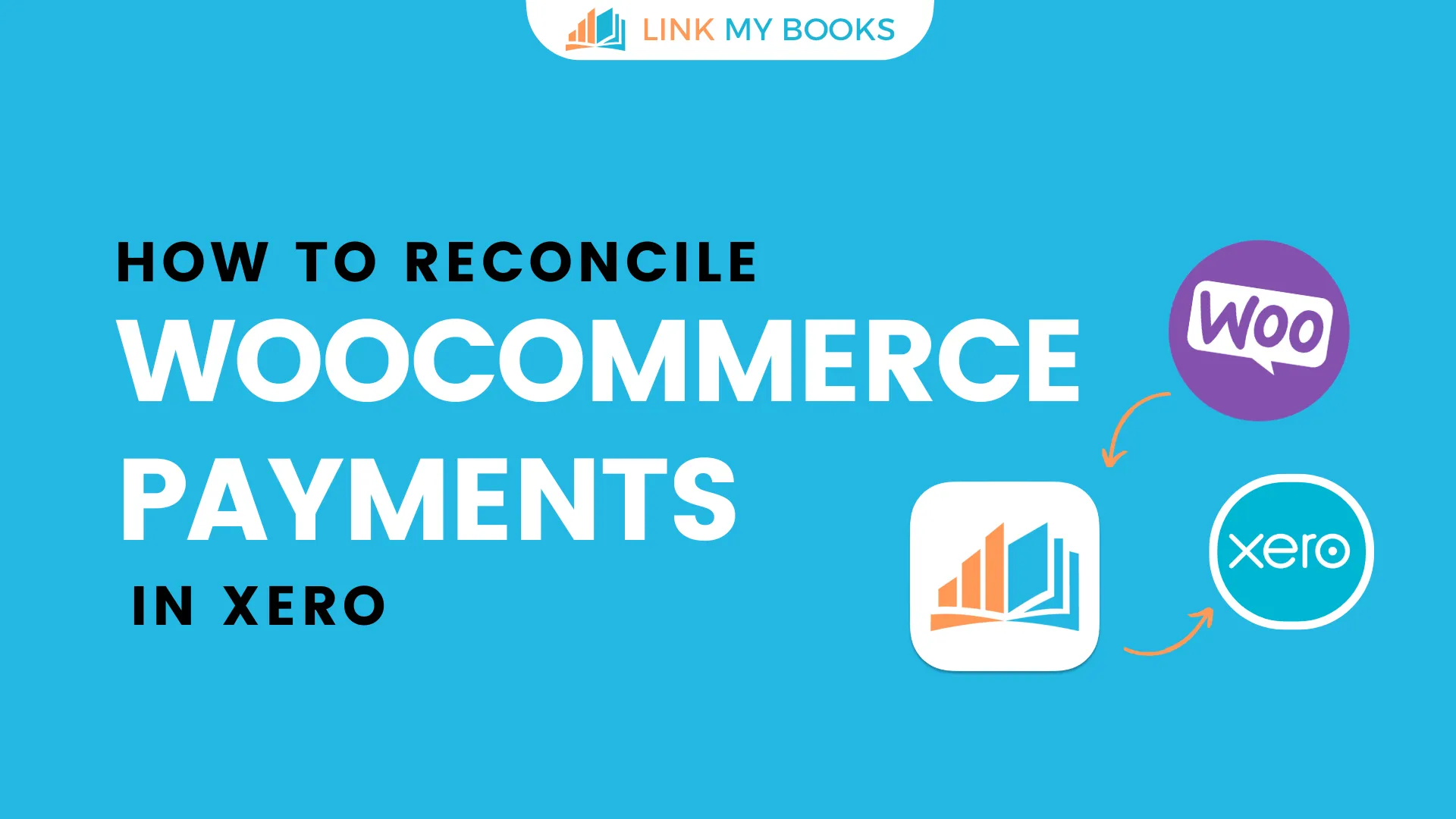
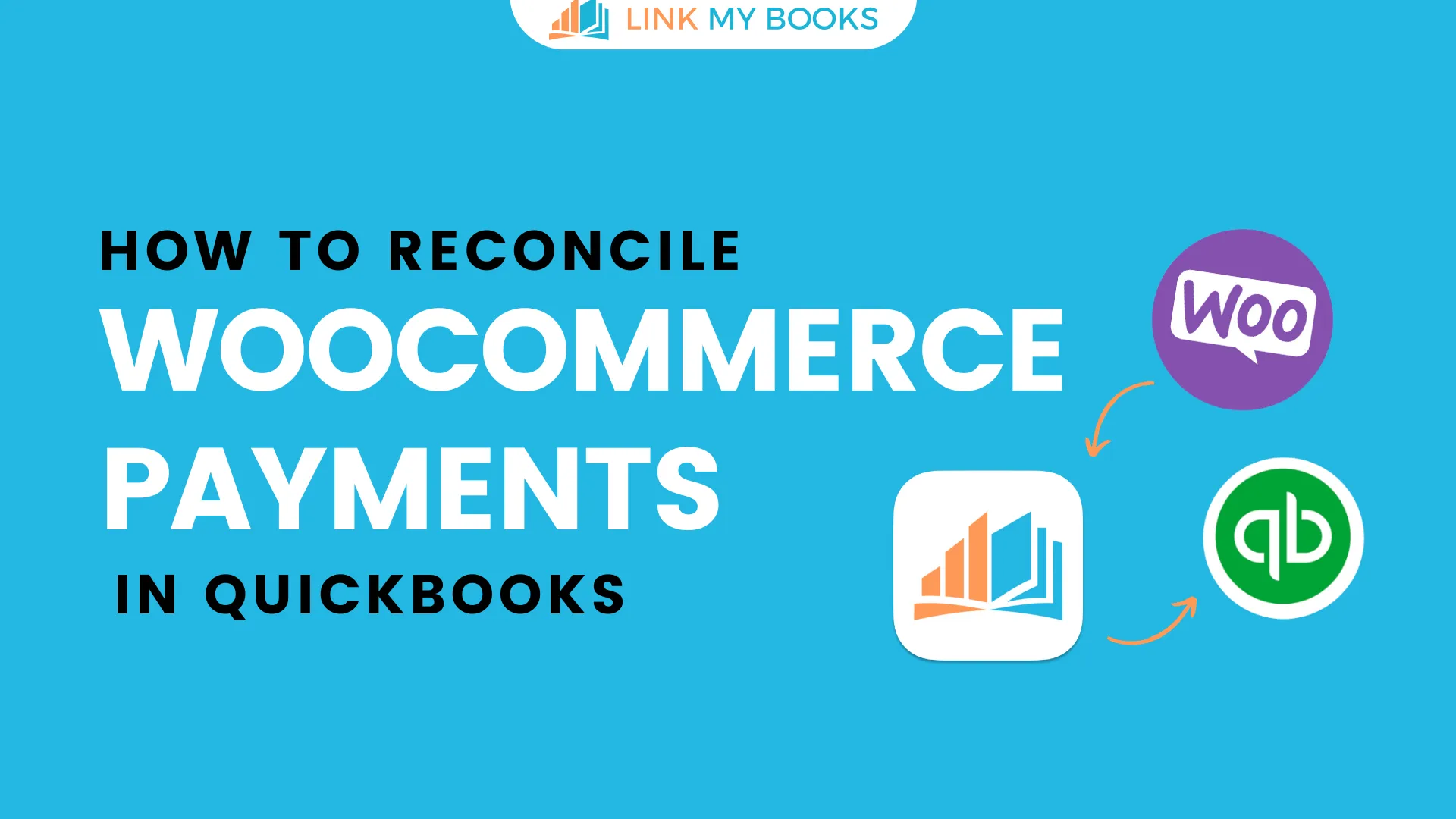
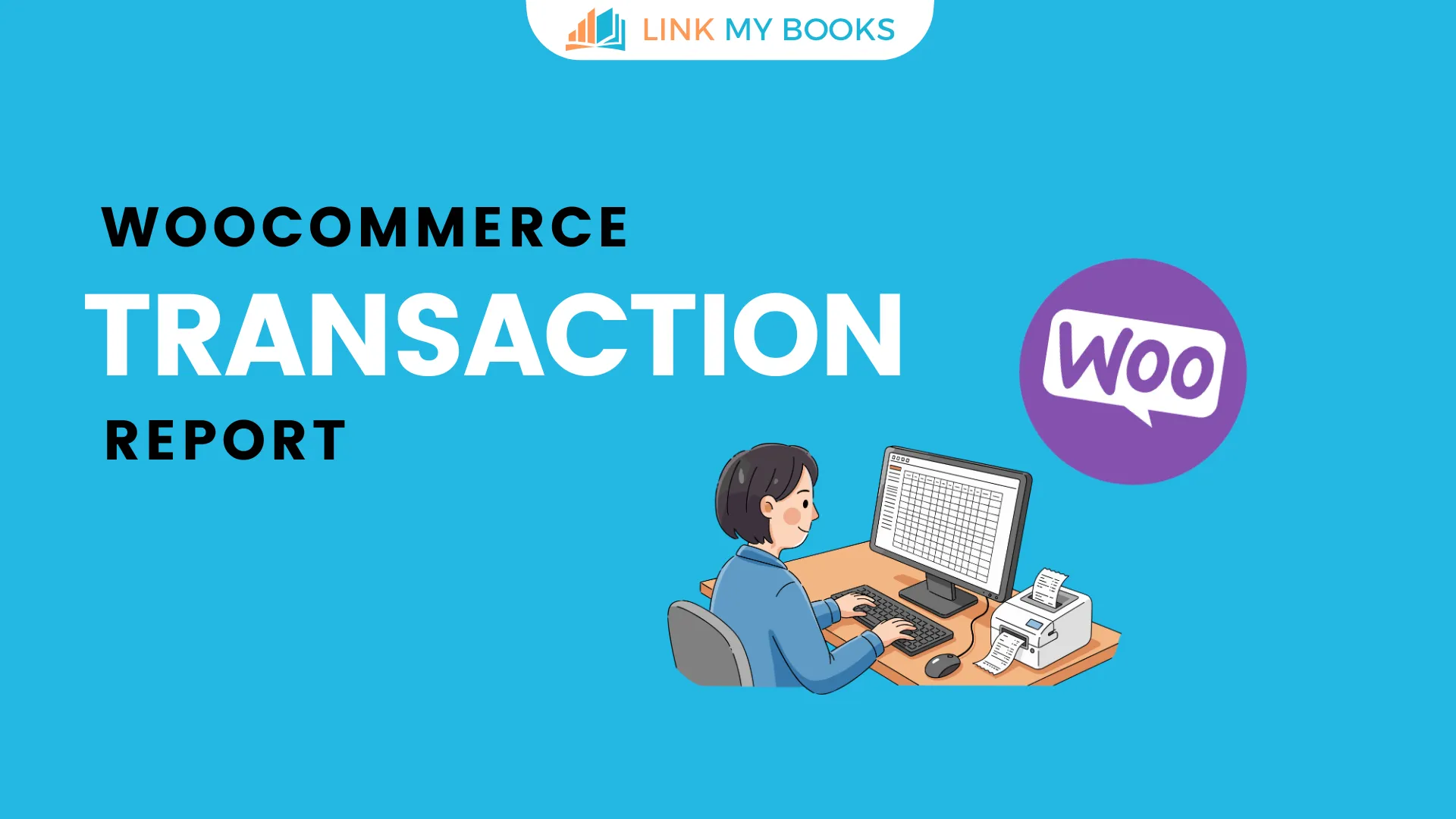


.png)